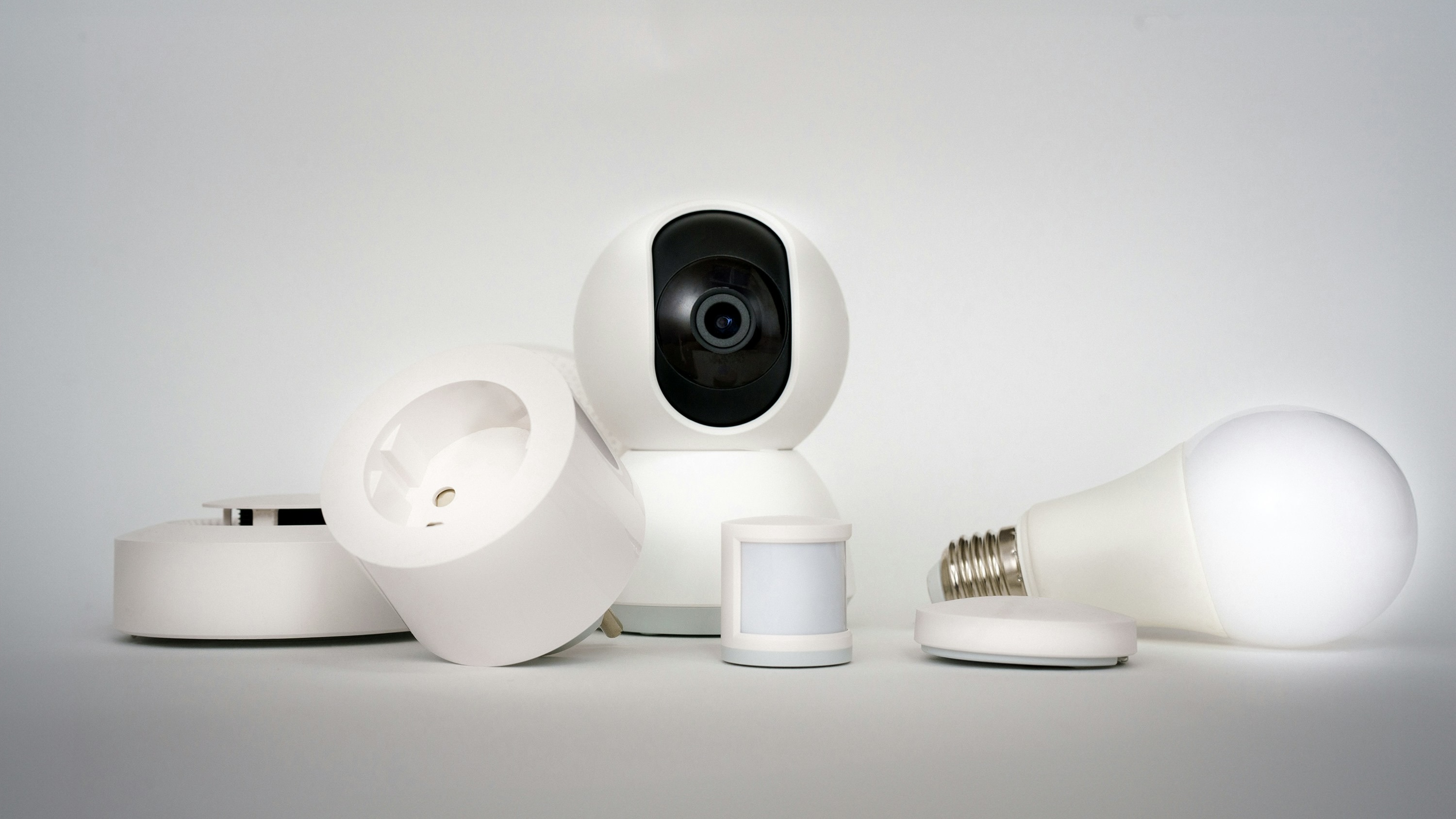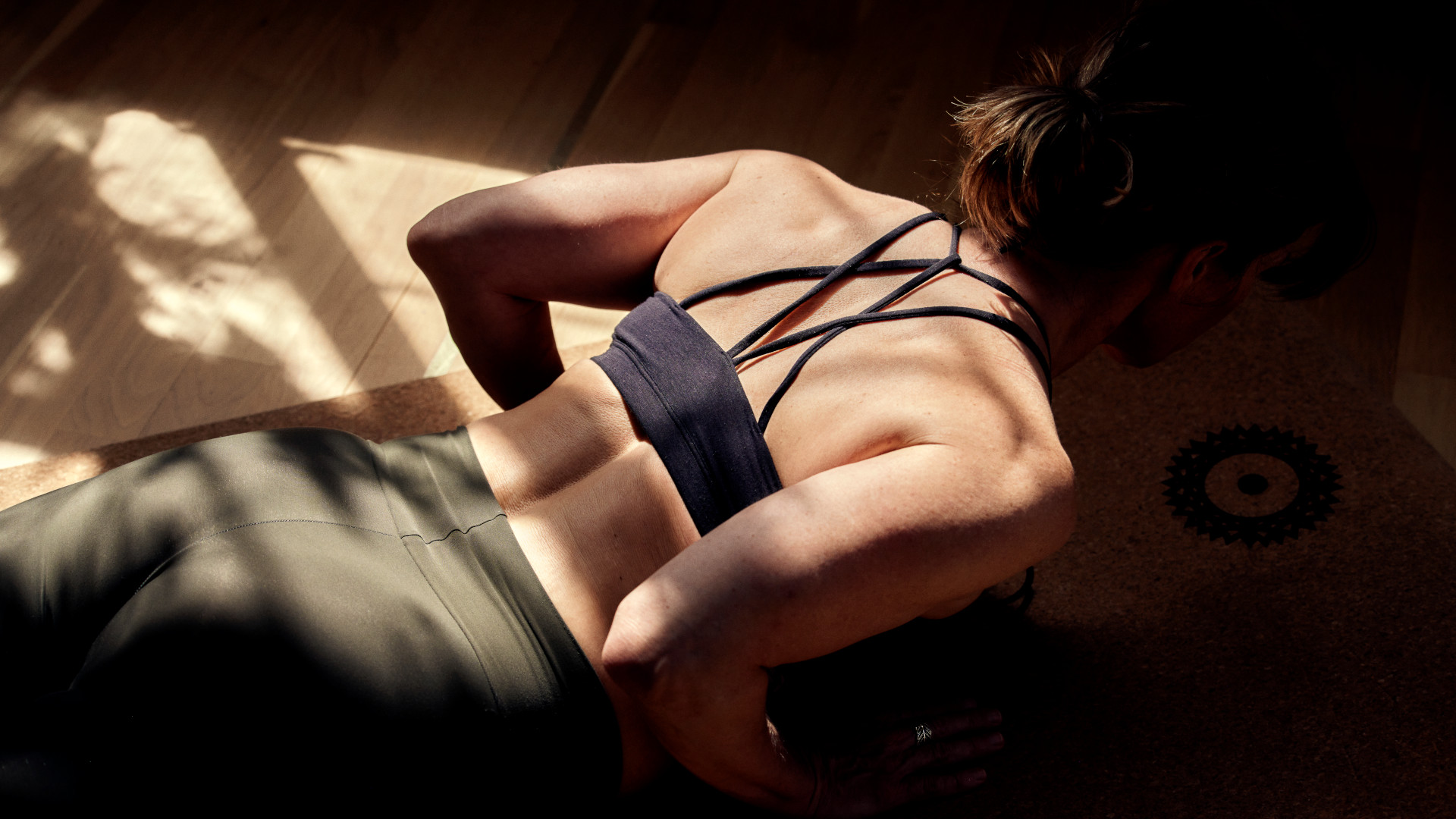
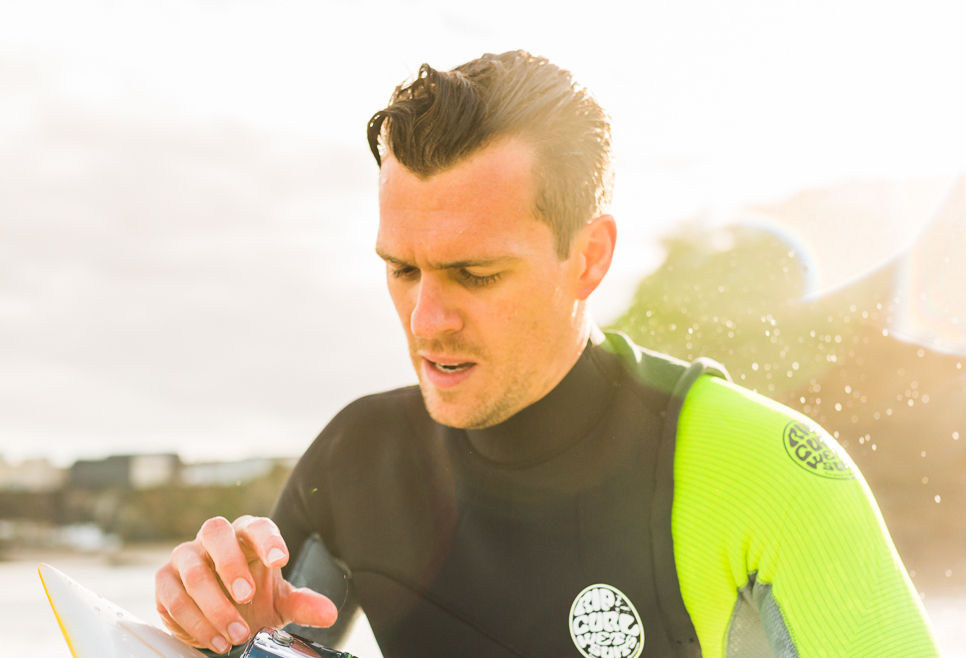
Pilates has witnessed a significant surge in popularity in recent years. Despite its inherent connections with the ancient practice of yoga, it has only been in existence for approximately a century.
Developed by German physical trainer Joseph Pilates to help athletes and dancers overcome injuries, his method of training develops strength and flexibility by focussing on controlled movements that increase mobility, improve posture, and strengthen muscles.
Unlike traditional weight lifting, which uses physical weights, such as dumbbells, kettlebells and barbells, to add resistance, Pilates relies on body weight and is more a mix of callisthenics, yoga and dance than it is other forms of resistance training.
As you can probably tell, the differences between weight lifting and Pilates programmes are stark, but each has its place, depending on your ultimate goals. Here, we break down each discipline so you can work out if it’s for you.
What is Pilates and why is it good?
You could attend three Pilates classes in three different locations, and none of them will be exactly the same, simply because the instructor has carte blanche to use the fundamentals to shape how a session plays out.
Essentially, you can expect lots of controlled bodyweight movements that are designed to increase strength and mobility. There is a big focus on the core and abs, while instructors will teach the art of breathing techniques to ensure the various poses and moves can be held for lengthy periods of time.
Pilates often lacks the more spiritual element of yoga, focussing instead on small controlled movements that get the lactic acid firing and can make it one hell of a workout, especially for the uninitiated.
Sign up to the T3 newsletter for smarter living straight to your inbox
Get all the latest news, reviews, deals and buying guides on gorgeous tech, home and active products from the T3 experts
It is a fantastic, low-impact form of exercise that promotes proper posture, improved flexibility and mobility, as well as greater cardiovascular capabilities and improved overall strength.
What’s more, it can be perfect for those nursing niggles or bouncing back from injuries, as the low-impact, bodyweight nature ensures sessions can be tailored to an individual's needs.
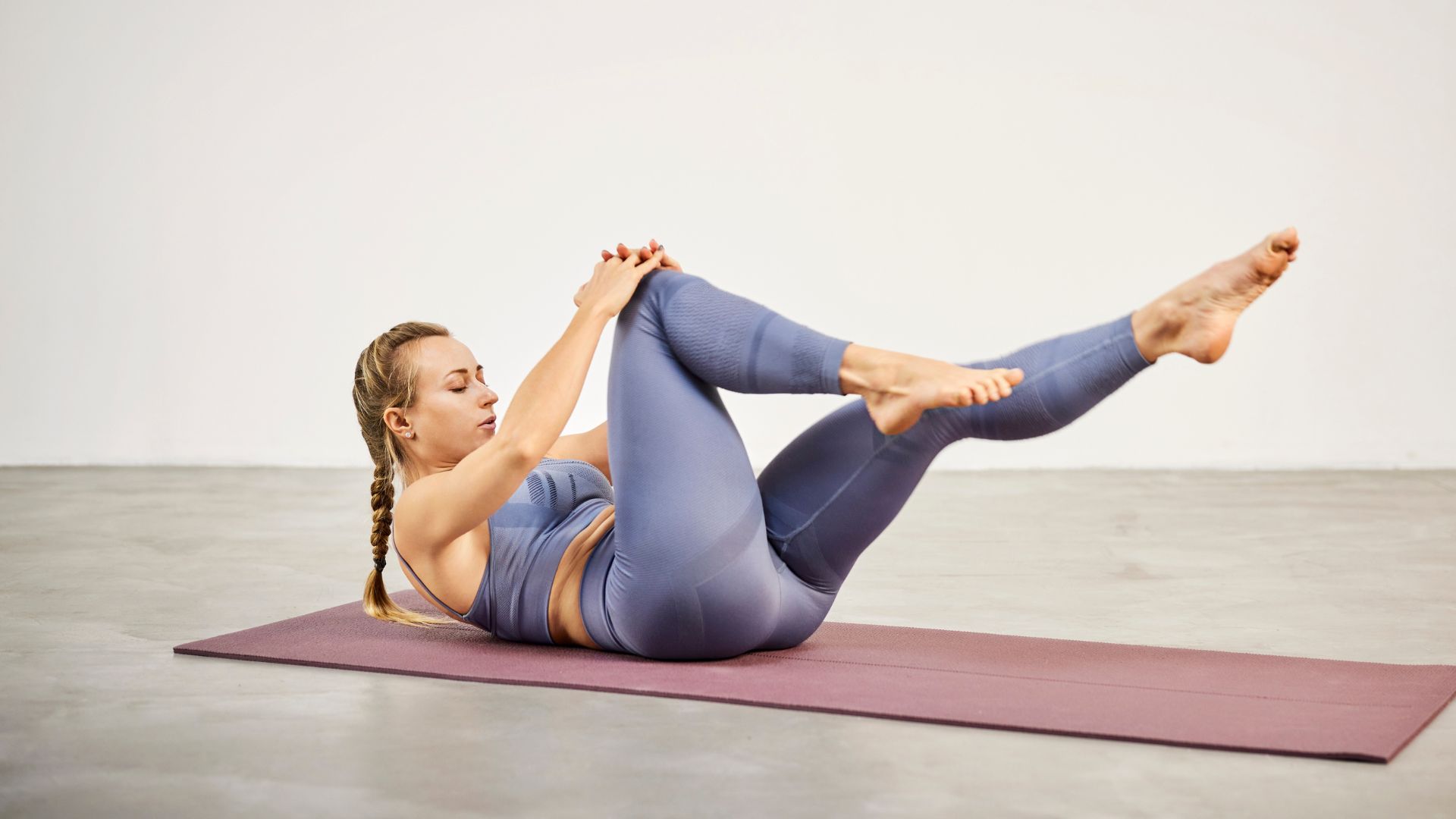
How does Pilates compare to weightlifting?
Where Pilates aims to strengthen muscles using slow, controlled bodyweight movements, such as single leg circles and shoulder bridges, weightlifting utilises physical weights (think dumbbells, kettlebells, barbells and the like) to create resistance.
Due to this, anyone participating in a weightlifting programme can easily employ something called ‘progressive overload’. This is where the weight can gradually increase over a series of weeks or months to ensure continued muscle growth and improvements in strength.
Annoyingly, human muscles quickly adapt to stimuli, so if you keep lifting the same amount of kilos over and over again, you aren’t going to see much progress. Instead, you have to incrementally crank up the weight or add more and more reps into a workout to see gains.
Progress in Pilates usually comes in the form of more complex exercises or classes that use additional props, such as resistance bands, Swiss Balls or Reformer machines, for example.
What’s more, while Pilates does incorporate most major muscle groups in the body, it focuses heavily on the core, with a huge amount of ab and lower back work that often leads newcomers to experience muscle soreness in their midsection.
However, the classes will also incorporate mobility work. They teach the best practices when it comes to breathing techniques, and many Pilates converts find classes to be relaxing and a great way to clear the mind, whereas heavy weightlifting can be a stressful experience for some.
What are the downsides of Pilates?
If you are looking to pack on serious muscle or be the strongest person in the room, practicing Pilates won’t cut it. Although great for toning, strengthening and increasing mobility, Pilates programmes generally don’t employ enough resistance and progressive overload to achieve a bodybuilder’s physique.
If that is the end goal, you will want to stick to a disciplined weightlifting programme that features progressive overload, periods of rest to allow the muscle to heal and grow, as well as a well-balanced diet that includes plenty of protein.
The other potential downside of Pilates is the difficulty some find in holding tricky positions for a period of time. Most moves require solid core strength and a level of mobility many don’t possess…especially those who have only lifted weights all of their lives.
But that’s the beauty of a Pilates class, as it can be tailored for absolute beginners and then adapted to become more difficult as skill levels increase.
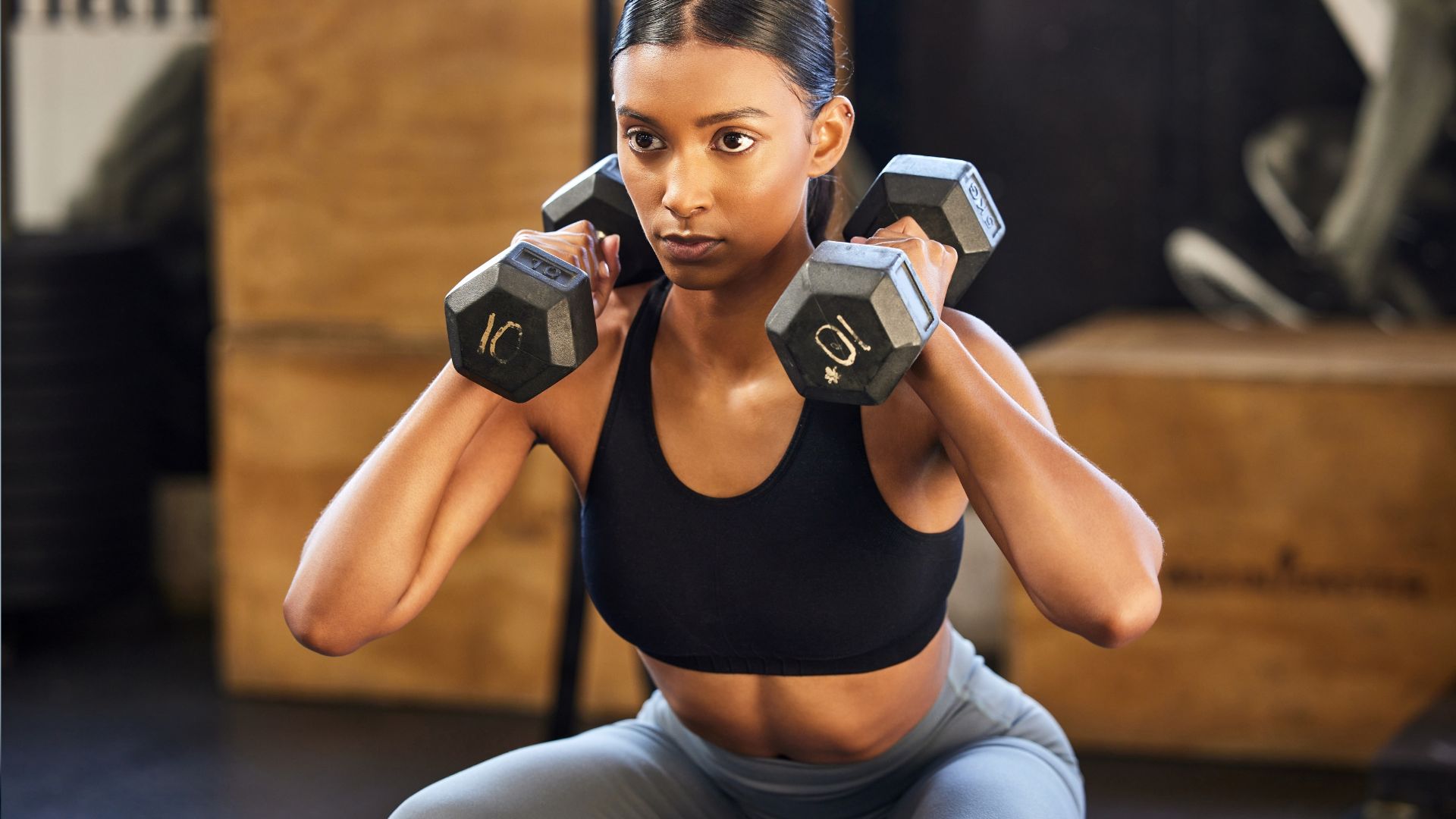
What are the downsides of weightlifting?
As with any form of resistance exercise, weightlifting brings with it an inherent risk of injury, particularly among those who have very little experience or training in a gym environment.
Some of the best advice is to seek the assistance of a personal trainer if you are thinking of embarking on a weightlifting programme for the first time. Learn how to perform the movements safely and have a trained professional assess the sort of weight you should be using.
Unlike Pilates, weight lifting can also have a negative impact on mobility, with the most impressive physiques in the gym often suffering from poor shoulder mobility or a limited range of motion in the lower body thanks to busy gym schedules leaving little room for stretching.
Finally, there is more of a risk of overtraining where weightlifting is concerned, with many newcomers trying to cram as much in as possible, ignoring the requirement for rest and recovery.
Overtraining can result in injury and even lead to overtraining syndrome. It can also make you feel fatigued and generally grumpy while increasing your susceptibility to common colds and illnesses. It can also impact sleep and generally make you feel sore and miserable.
So take it easy, factor in plenty of rest and make sure a good diet and plenty of uninterrupted sleep are on the cards.
Which routine is best for me?
This will really depend on your end goal. If you want to tone muscle, get stronger, become more flexible and learn to relax while working out, Pilates is most definitely for you.
In fact, even the most hardcore, gym-going weightlifters would benefit from sprinkling the odd Pilates class into their schedules purely because it is so good for strengthening the all-important core muscles, improving flexibility and balance, as well as bolstering the cardiovascular system.
However, if you are more concerned with increasing muscle mass, improving explosive strength, becoming more athletic, and generally being stronger than your mates, following a dedicated weightlifting programme is going to prove the most beneficial.
Alternatively, have your cake and eat it by having a go at both weightlifting and Pilates. Don’t knock it until you’ve tried it.
Leon has been writing about automotive and consumer tech for longer than he cares to divulge. When he’s not testing the latest fitness wearable and action camera, he’s out in a shed fawning over his motorcycles or trying not to kill himself on a mountain bike/surfboard/other extreme thing. He's also a man who knows his tools, and he's provided much of T3's drills coverage over the years, all without injuring himself.
-
 These ultra-luxe dumbbells are encrusted with Swarovski crystals
These ultra-luxe dumbbells are encrusted with Swarovski crystalsFitness asthetics at its finest
By Bryony Firth-Bernard
-
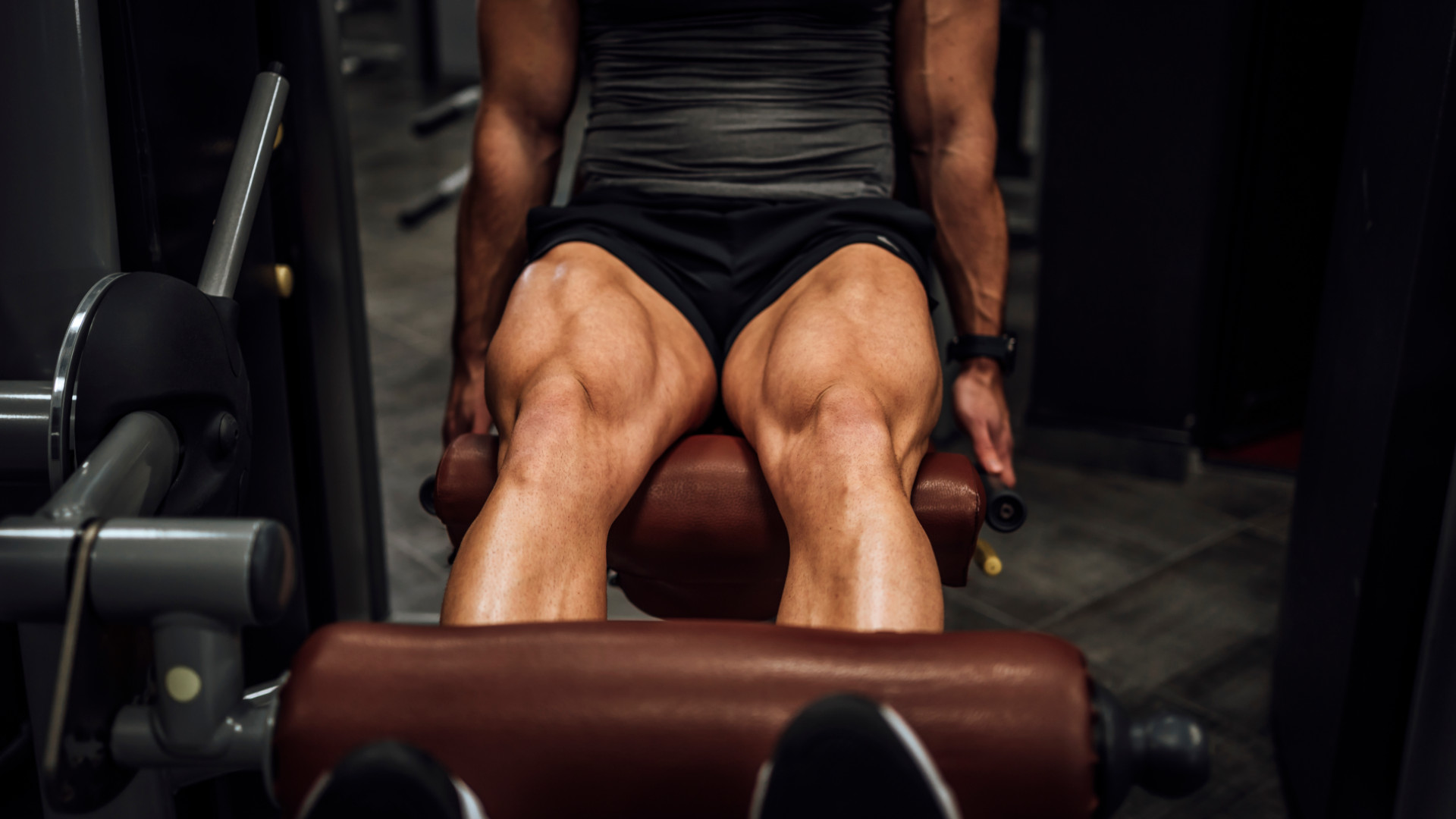 Five must-do quad exercises for stronger, muscular legs
Five must-do quad exercises for stronger, muscular legsAdd these to your workout if you want to take your quads from pins to powerhouses
By Bryony Firth-Bernard
-
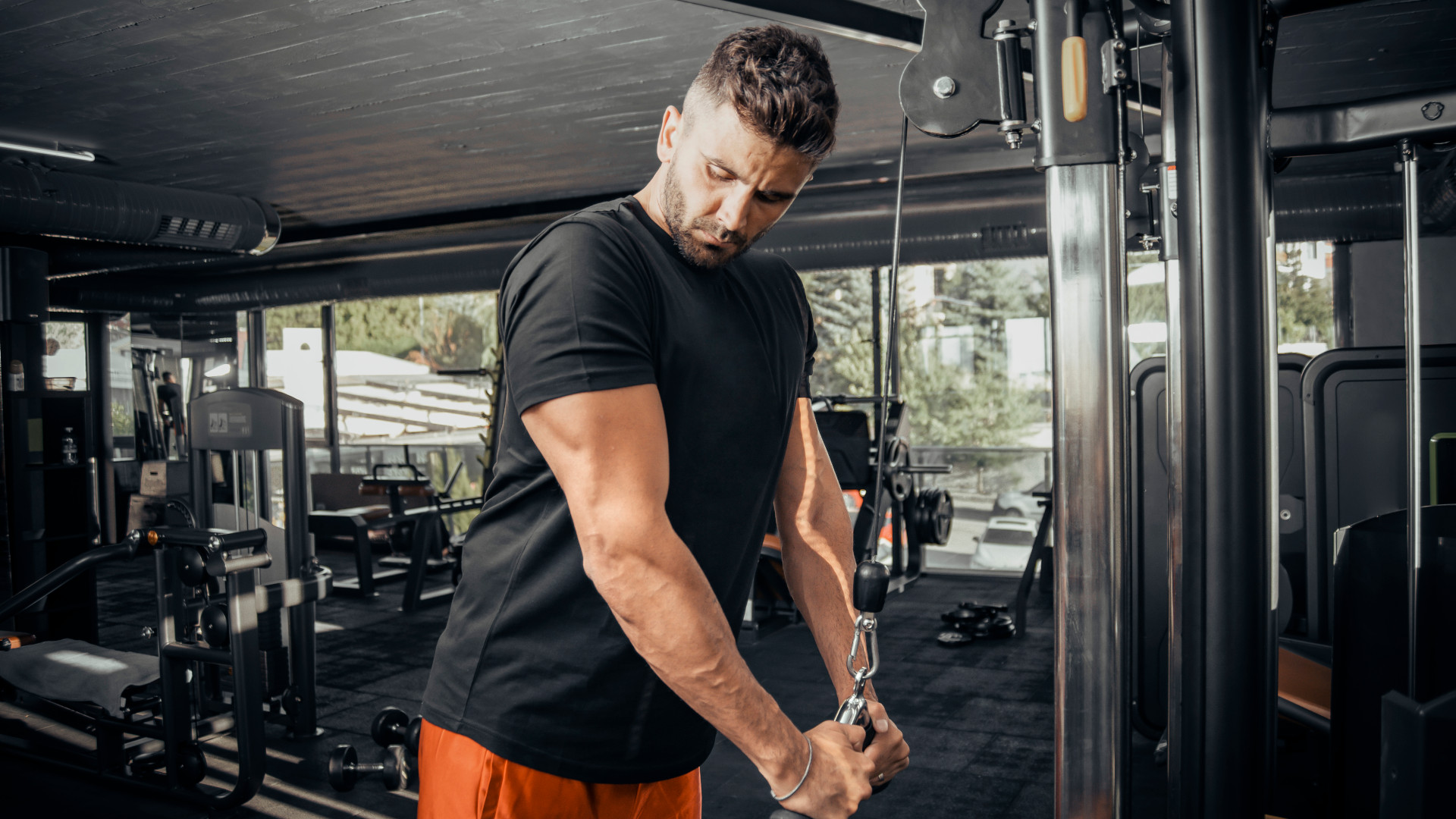 5 top tricep exercises, according to an exercise scientist
5 top tricep exercises, according to an exercise scientistAdd muscle and mass to your arms to fill out those t-shirt sleeves with these five exercises
By Bryony Firth-Bernard
-
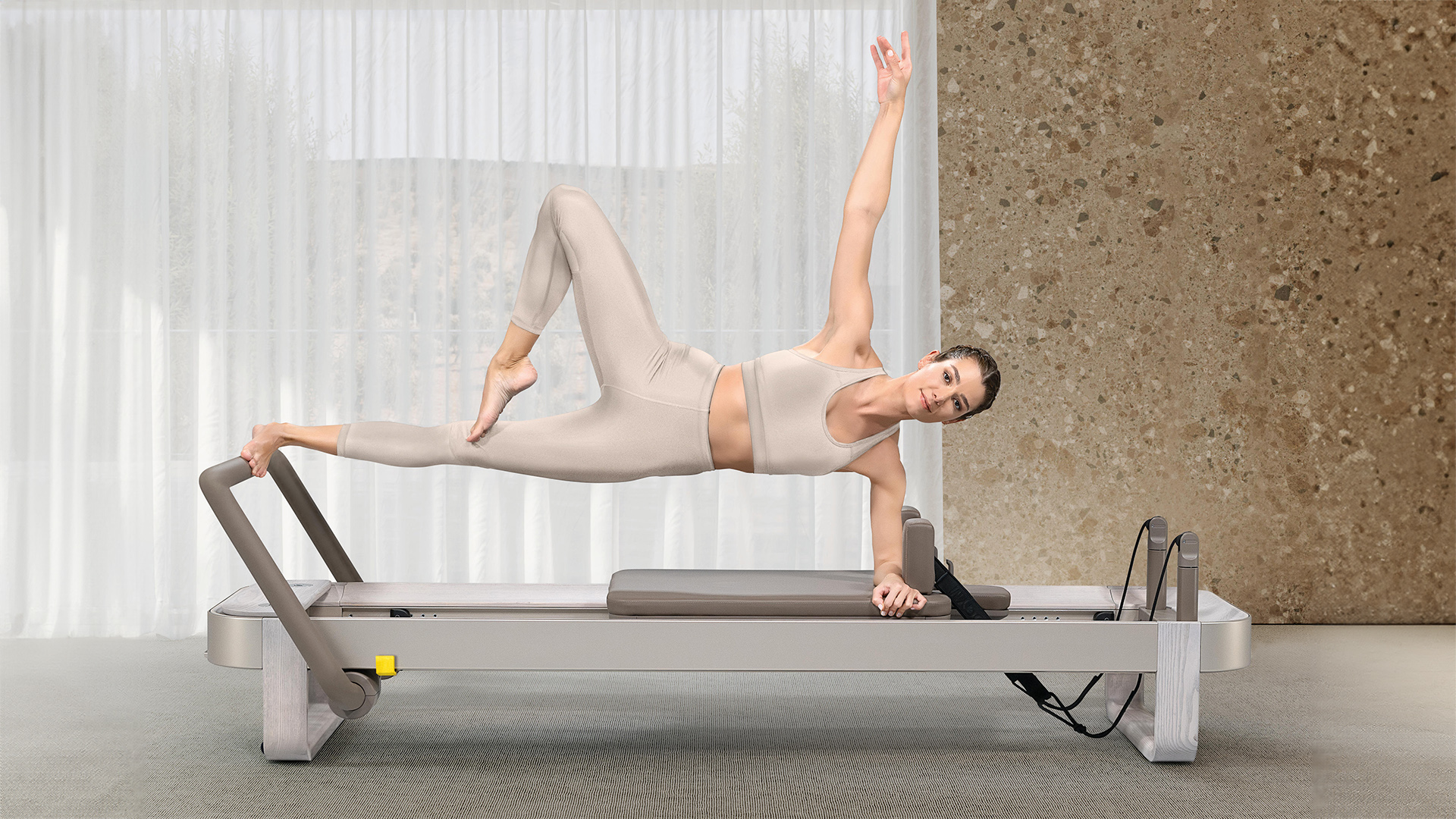
 Technogym brings its signature touch of luxury to Pilates with latest home gym equipment launch
Technogym brings its signature touch of luxury to Pilates with latest home gym equipment launchThey've also introduced a new premium line of strength equipment and cardio kit
By Bryony Firth-Bernard
-
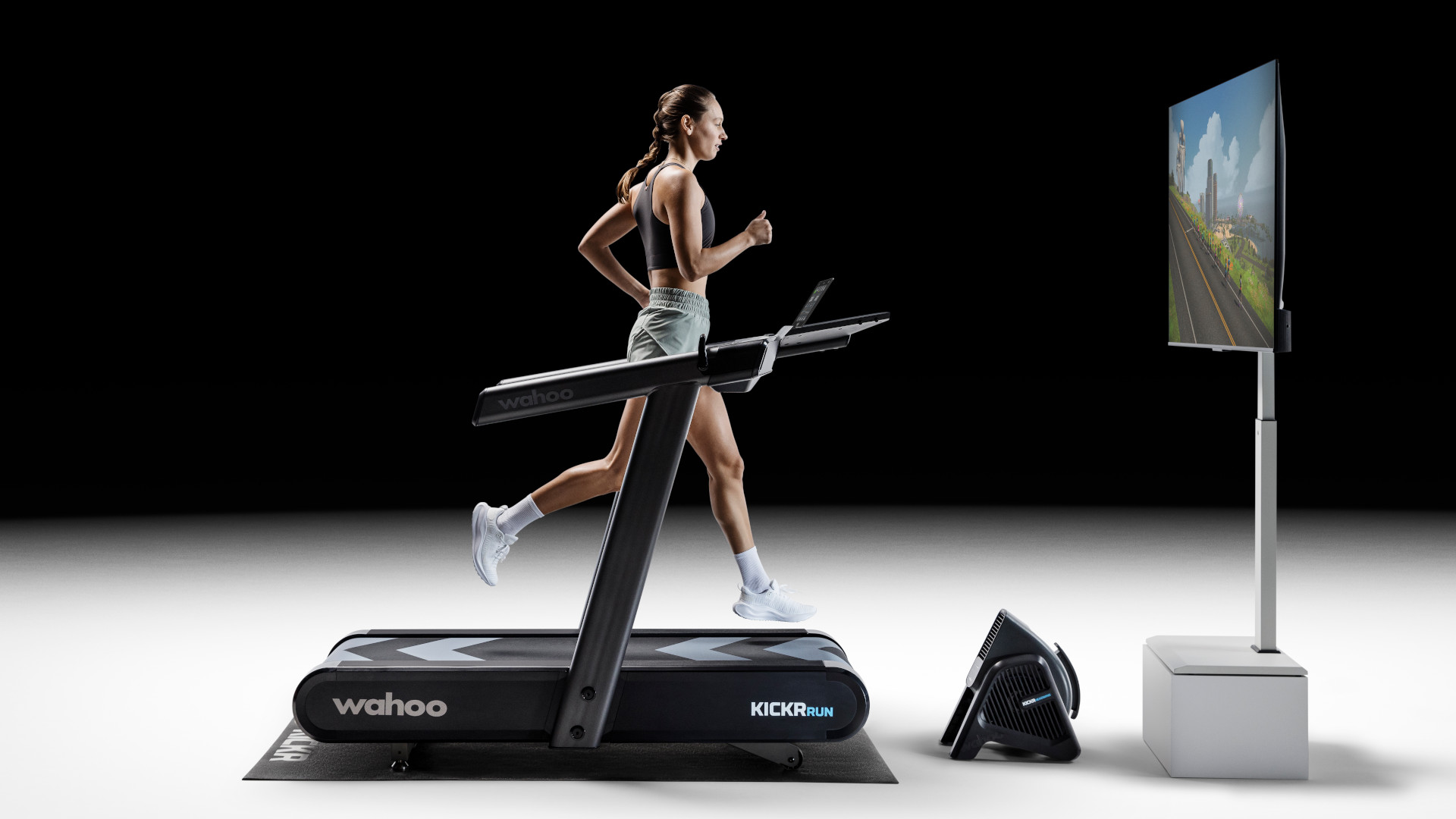 Wahoo's monster treadmill is finally available in the UK (for an eye-watering price)
Wahoo's monster treadmill is finally available in the UK (for an eye-watering price)And there's a brand new feature alongside its innovative 'Run Free' mode
By Bryony Firth-Bernard
-
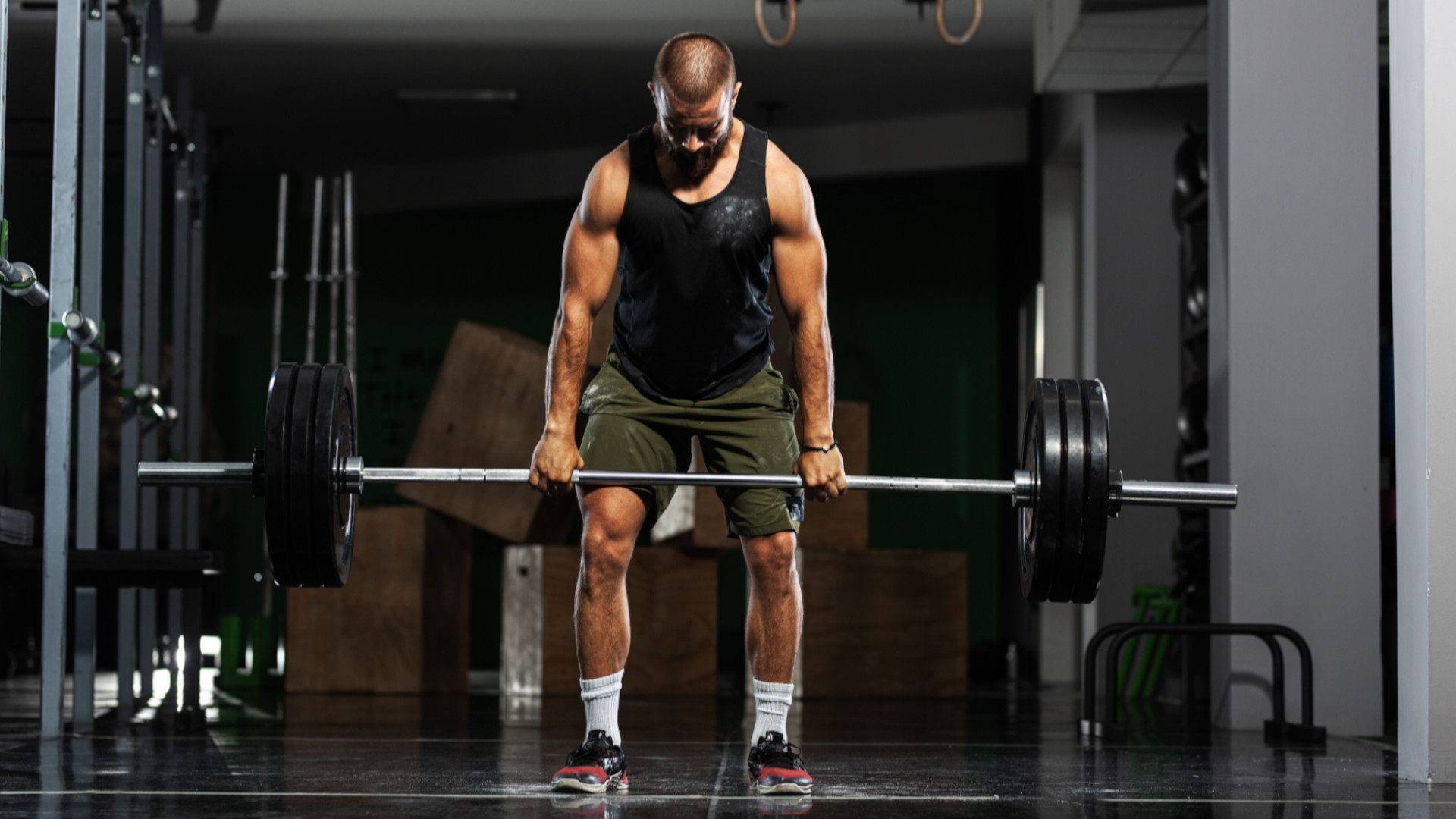 Why the 5x5 protocol is a beginner's go-to for substantial strength gains
Why the 5x5 protocol is a beginner's go-to for substantial strength gainsGet super strong and build muscle
By Bryony Firth-Bernard
-
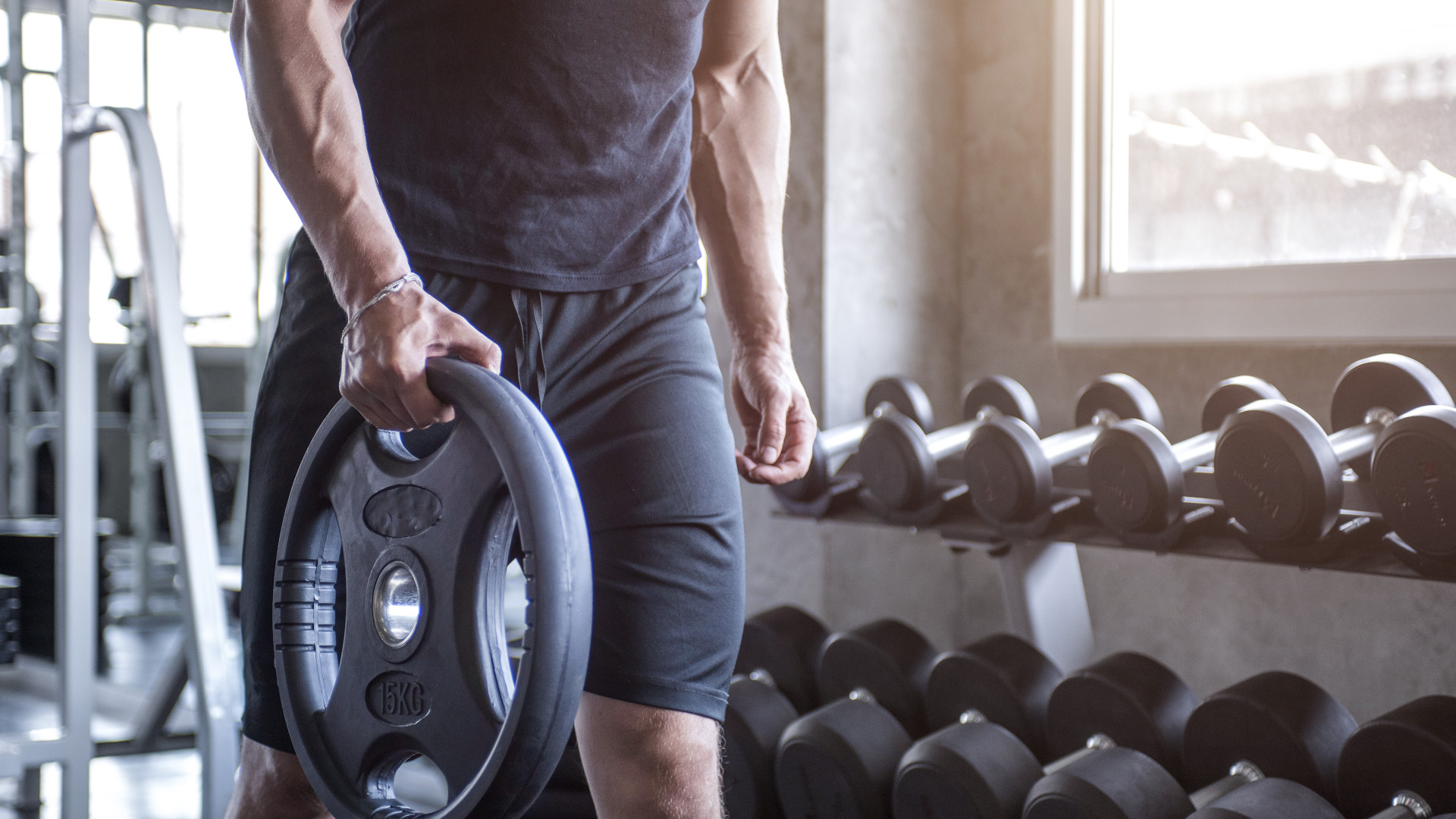 7 best exercises to boost your grip strength for bigger gains
7 best exercises to boost your grip strength for bigger gainsIt can also help you live longer too
By Bryony Firth-Bernard
-
 Jake Dearden’s Hyrox training regime and 4000-calorie diet
Jake Dearden’s Hyrox training regime and 4000-calorie dietFind out how the Hyrox champ trains weekly and fuels his sessions
By Bryony Firth-Bernard

